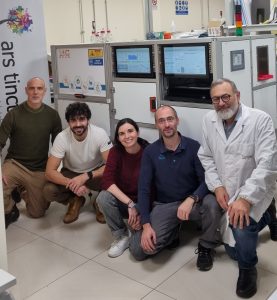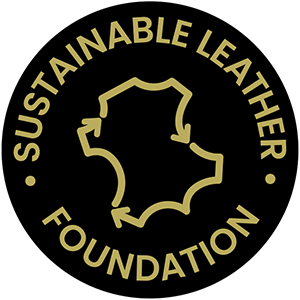Ars Tinctoria, founded in 2011, specialises in the research of materials and their dyes and pigments.
Recent research has focused on the assessment of Biobased Carbon content on materials, to combat the widespread practice of greenwashing, particularly around sustainability claims.
The publication of the findings of this research entitled “Materials’ Circularity: A Novel Method for Biobased Carbon Quantification on Leather, Artificial Leather, and Trendy Alternatives” is now available through MDPI Coatings.
The paper has an introduction which cites the latest environmental policies to achieve carbon neutrality in an attempt to contain global warming, and the proliferation of alternative materials promising sustainability goals with scant scientific backing.
The conclusion of the research is that many of the materials tested contained very low biobased content as opposed to the leather materials that were proved to contain extremely high biobased content.
You can access the paper here:

This paper was inspired by one written by Meyer, M.; Dietrich, S; Schulz, H.; Mondschein: A comparison of the technical performance of leather, artificial leather, and trendy alternatives, published in the same journal (Coatings 2021, 11, 226) and performed on the same samples gently provided for this research by Michael Meyer from FILK Freiberg Institute gGmbH.
When you consider both these studies it is clear that leather outperforms other materials across durability metrics and biobased content, confirming it’s status as the number one sustainable material of the future.
